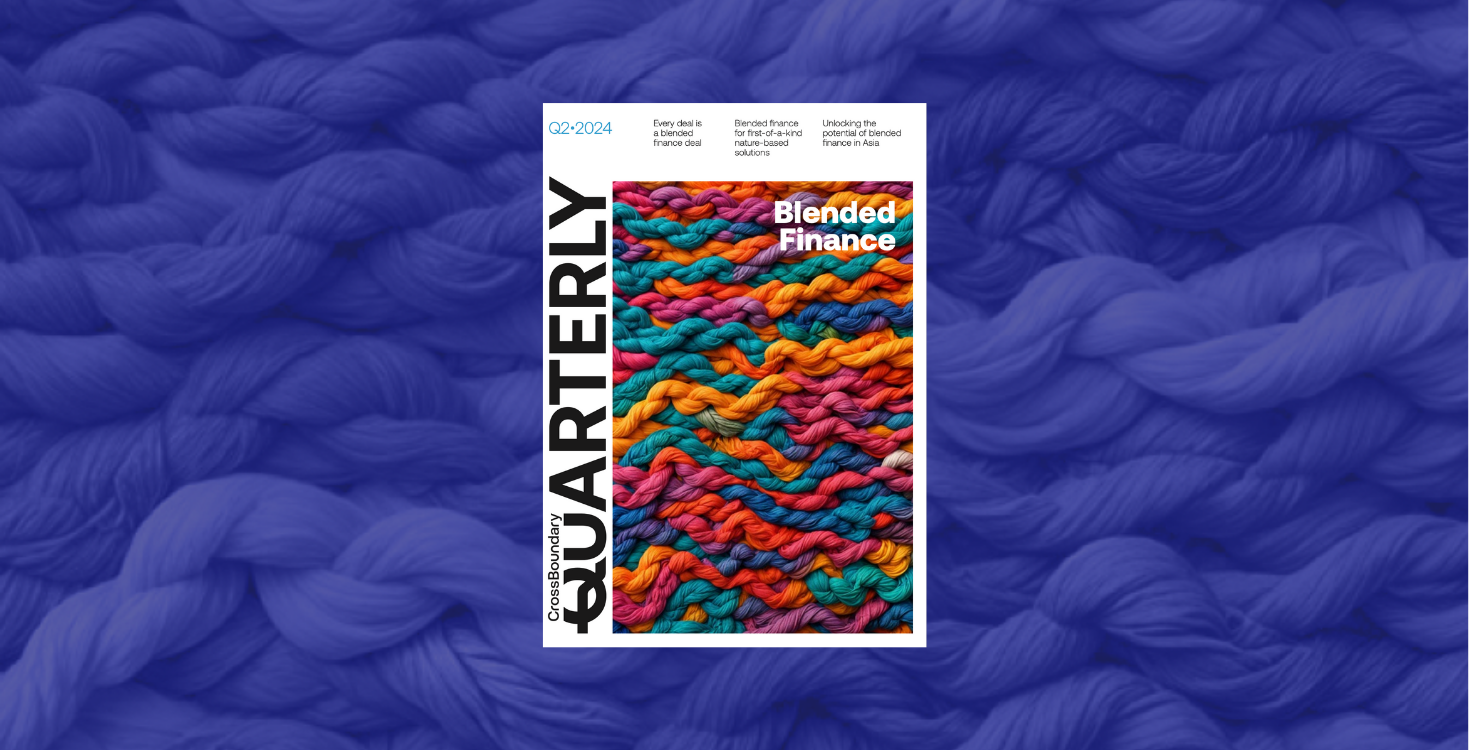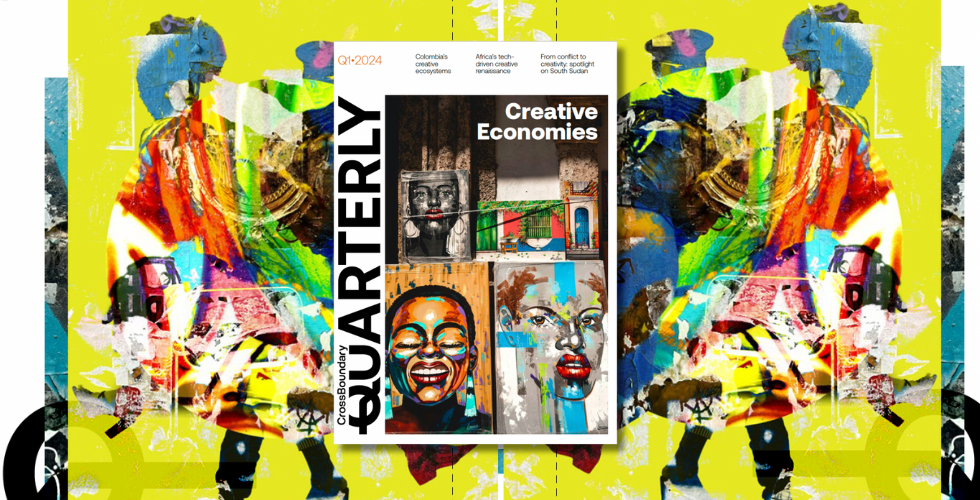
CrossBoundary Quarterly: Blended Finance
Explore how catalytic capital from public or philanthropic sources increases private-sector investment in sustainable development in the second edition of the CrossBoundary Quarterly.
Explore how catalytic capital from public or philanthropic sources increases private-sector investment in sustainable development in the second edition of the CrossBoundary Quarterly.
Blended finance, as our friends at Convergence define it, is the use of catalytic capital from public or philanthropic sources to increase private-sector investment in sustainable development. In practice, we believe the definition extends a bit broader to include pioneering transactions in firms that exhibit the ability to graduate from grants and subsidized capital to commercial sources of financing.
CrossBoundary Energy is a great example. When we first articulated a vision for a commercial and industrial (C&I) solar vehicle for Sub-Saharan Africa, the value proposition was clear: cheaper and more reliable clean energy addressed a critical pain point for local businesses. Local electric grids were unreliable and expensive, and businesses’ dependence upon back-up diesel generators was not only expensive but also contributed to emissions of noxious carbon dioxide.
Despite identifying a business model that had strong unit economics—and, in fact, grew stronger each year as solar input prices declined—the scalability of C&I Solar remained an open question. And this uncertainty meant that the volume of commercial capital available to us was not only de minimis, but also that the investors who bought into our vision sought ways to de-risk their capital commitments.
We approached USAID with the concept of a repayable grant, which was used as the first-loss tranche of subordinated equity for the CrossBoundary Energy fund. While the US$1.3 million grant was contingent on us raising at least US$6.5 million in equity funding, the first-loss facility enabled us to crowd in family offices and reach a final close of US$8.8 million.
More to the point, we fully realized an exit from this pilot fund at a price that delivered a net IRR of 15% and enabled us to fully repay the grant funding that USAID extended as first-loss funding. Since then, CrossBoundary Energy has been able to raise funding from commercial banks and investors, and scale its operations across Africa and to Australia.
Since that initial pilot project, blended finance has graduated from a relatively niche capability to one that the world’s largest asset managers employ—oftentimes, though not exclusively—in climate-related investments. In fact, blended finance is one of the core capabilities CrossBoundary employs to mobilize capital in underserved markets. The suppliers of capital that we work with are seeking greater security to offset risks, while from the demand side, governments are exploring the effectiveness of tools to entice capital flows.
For this reason, our Co-Founder and Managing Partner Jake Cusack recently advanced the argument that every deal is a blended finance deal. In his estimation, recognizing that every deal is a blended finance deal normalizes discussions of policy incentives and a differentiated cost of capital, rather than artificially shunting deals into “commercial” and “non-commercial.” Moreover, it forces investors and stakeholders to consider the externalities of their investments and how they impact the public good.
In this issue of the CrossBoundary Quarterly, Kate Wharton, Rose Farah, and Ian Ndegwa from our Natural Capital team explore the role that concessional capital can play in accelerating “first-of-a-kind” transactions in the nature-based solutions space. We also share insights from our Head of South and Southeast Asia Advisory, Nandini Chaudhury, on the potential of blended finance in Asia. Nathan Kelly and Hannah Mae Merten, from our US Underserved Markets practice, explores why subsidies and guarantees are necessary—but ultimately insufficient—to mobilize capital, and argues that what’s really needed to accelerate capital flows are practitioners that can address transaction costs and reduce information asymmetries. Finally, Kate Pallett, Senior Marketing Communications Manager for CrossBoundary Energy, interviews Nchimunya Chipo Hamukoma from the Global Energy Alliance for People and Planet (GEAPP) to explore how innovations in funding can advance inclusive energy access.
We hope you enjoy this issue and please reach out to us with your comments and questions.


